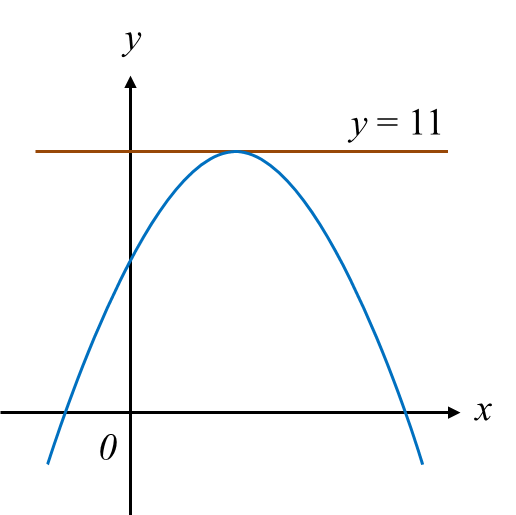Question 5 (3 marks):
Find the value of
Solution:
(a)
(b)
Find the value of
Solution:
(a)
(b)
Question 6 (4 marks):
It is given that L = 4t – t2 and x = 3 + 6t.
(a) Express in terms of t.
(b) Find the small change in x, when L changes from 3 to 3.4 at the instant t = 1.
Solution:
(a)
(b)
It is given that L = 4t – t2 and x = 3 + 6t.
(a) Express in terms of t.
(b) Find the small change in x, when L changes from 3 to 3.4 at the instant t = 1.
Solution:
(a)
(b)
Question 7 (4 marks):
Diagram 2 shows the curve y = g(x). The straight line is a tangent to the curve.
 Diagram 2
Diagram 2
Given g’(x) = –4x + 8, find the equation of the curve.
Solution:
Diagram 2 shows the curve y = g(x). The straight line is a tangent to the curve.
 Diagram 2
Diagram 2Given g’(x) = –4x + 8, find the equation of the curve.
Solution: